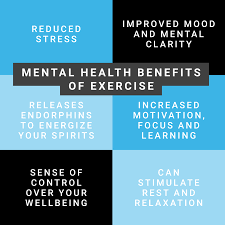There are many reasons why physical activity is good for your body – having a healthy heart and improving your joints and bones are just two, but did you know that physical activity is also beneficial for your mental health and wellbeing?
We need to change the way we view physical activity in the UK in order not to see it as something we ‘have to do’, ‘should do’ or ‘ought to do’ for our health, but as something that we do because we personally value its positive benefits to our wellbeing.
Being active doesn’t have to mean doing sport or going to the gym. There are lots of ways to be active; find the one that works for you and let’s all get physical!
At a very basic level, physical activity means any movement of your body that uses your muscles and expends energy. One of the great things about physical activity is that there are endless possibilities and there will be an activity to suit almost everyone!
It is recommended that the average adult should do between 75 and 150 minutes of exercise a week. This can be either moderate intensity exercise, such as walking, hiking or riding a bike, or it can be more vigorous activities, such as running, swimming fast, aerobics or skipping with a rope. Any activity that raises your heart rate, makes you breathe faster, and makes you feel warmer counts towards your exercise!
An easy way to look at types of physical activity is to put them into four separate categories.
Daily physical activity
For adults, physical activity can include recreational or leisure-time physical activity, transportation (e.g. walking or cycling), occupational activity (i.e. work), household chores, play, games, sports, or planned exercise in the context of daily, family, and community activities. Everyday things such as walking to the bus stop, carrying bags or climbing stairs all count, and can add up to the 150 minutes of exercise a week recommended for the average adult.
Exercise
Purposeful activity carried out to improve health or fitness, such as jogging or cycling, or lifting weights to increase strength, i.e., Fitness PILATES which can incorporate light weights in class to help increase muscle mass.
Play
Unstructured activity that is done for fun or enjoyment.
Sport
Structured and competitive activities that include anything from football or squash to cricket. We can play these as part of a team or even on our own. This can be a fun and interactive way of getting exercise that doesn’t have to feel like exercising.
These activities can vary in intensity and can include high-intensity activities, such as tennis, athletics, swimming, and keep-fit classes, or they can be lower-intensity activities and sports, such as snooker or darts. Making exercise fun rather than something you have to do can be a motivator to keep it up.
What impact does physical activity have on wellbeing?
Physical activity has a huge potential to enhance our wellbeing. Even a short burst of 10 minutes’ brisk walking increases our mental alertness, energy and positive mood.
Participation in regular physical activity can increase our self-esteem and can reduce stress and anxiety. It also plays a role in preventing the development of mental health problems and in improving the quality of life of people experiencing mental health problems.
Impact on our mood
Physical activity has been shown to have a positive impact on our mood. A study asked people to rate their mood immediately after periods of physical activity (e.g. going for a walk or doing housework), and periods of inactivity (e.g. reading a book or watching television). Researchers found that the participants felt more content, more awake and calmer after being physically active compared to after periods of inactivity. They also found that the effect of physical activity on mood was greatest when mood was initially low.
There are many studies looking at physical activity at different levels of intensity and its impact on people’s mood. Overall, research has found that low-intensity aerobic exercise – for 30–35 minutes, 3–5 days a week, for 10–12 weeks – was best at increasing positive moods (e.g. enthusiasm, alertness).
Impact on our stress
When events occur that make us feel threatened or that upset our balance in some way, our body’s defences cut in and create a stress response, which may make us feel a variety of uncomfortable physical symptoms and make us behave differently, and we may also experience emotions more intensely.
The most common physical signs of stress include sleeping problems, sweating, and loss of appetite. Symptoms like these are triggered by a rush of stress hormones in our body – otherwise known as the ‘fight or flight’ response. It is these hormones, adrenaline and noradrenaline, which raise our blood pressure, increase our heart rate and increase the rate at which we perspire, preparing our body for an emergency response. They can also reduce blood flow to our skin and can reduce our stomach activity, while cortisol, another stress hormone, releases fat and sugar into the system to boost our energy.
Physical exercise can be very effective in relieving stress. Research on employed adults has found that highly active individuals tend to have lower stress rates compared to individuals who are less active.
Impact on our self-esteem
Exercise not only has a positive impact on our physical health, but it can also increase our self-esteem. Self-esteem is how we feel about ourselves and how we perceive our self-worth. It is a key indicator of our mental wellbeing and our ability to cope with life stressors.
Physical activity has been shown to have a positive influence on our self-esteem and self-worth. This relationship has been found in children, adolescents, young adults, adults and older people, and across both males and females.
Impact on depression and anxiety
Physical activity can be an alternative treatment for depression. It can be used as a standalone treatment or in combination with medication and/or psychological therapy. It has few side effects and does not have the stigma that some people perceive to be attached to taking antidepressants or attending psychotherapy and counselling.
Physical activity can reduce levels of anxiety in people with mild symptoms and may also be helpful for treating clinical anxiety. Physical activity is available to all, has few costs attached, and is an empowering approach that can support self-management.


